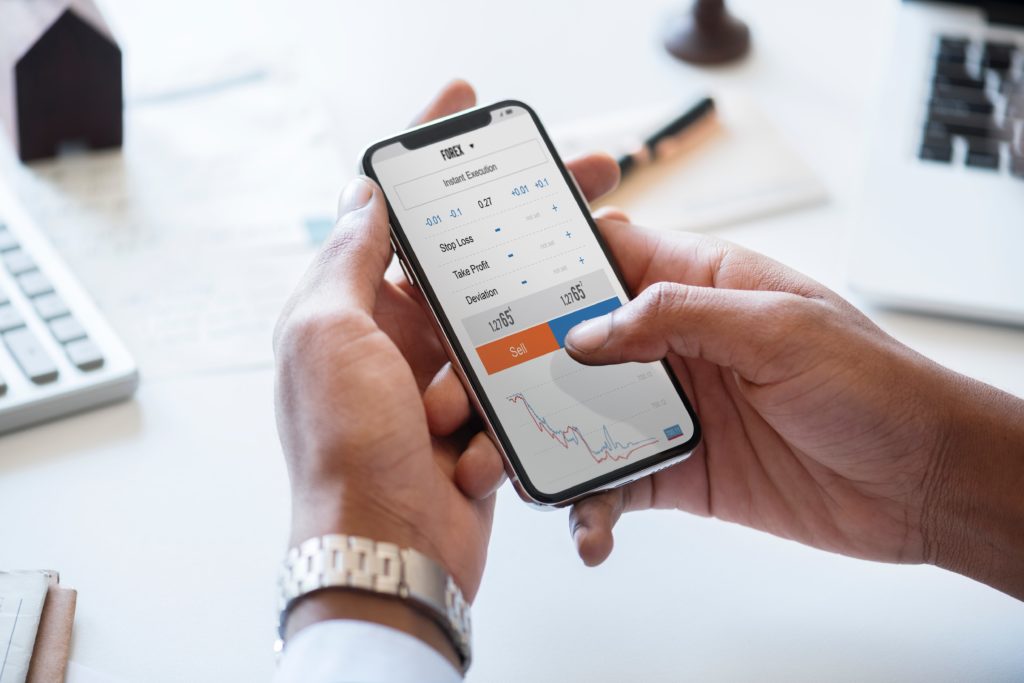Mobile advertising is any type of advertising that is shown on mobile screens (they also refer to as mobile ad platforms) and that are designed specifically to fit the screen sizes and capacities.

What Are Mobile Advertising Types?
The range of adverts for mobile app advertising platform is as follows:
- Text. It is primarily sent in SMS and they may be a long text or short text. If it is long, then advertisers try to put in the text all relevant info. If it is impossible – they just outline the most important message and withdraw everything else into a link that they send in this message so a user opts to open it to read more. You can easily send out SMS and more using a tool like Plivo.
- Bar-coded and QR coded commercial. As every modern mobile phone is equipped with a camera, producers of goods and services often place some information coded as Barcode or QR code letting a user to point the camera to the code and read it. After it is recognized and decoded by the processor, a user typically sees the link, which he has to follow to know more. Such code can be on any type of hard carrier, from a leaflet to a cup and to a hoodie.
- Banners. Most widespread type of an ad. They can be built-in the page (as a type of native ad or be fully native), hovering over the page, taking some part or entire screen, and located on any part of an Internet page or an application a user currently uses. Some apps provide a paid getting rid of all ads – this may be making a one-time purchase or on some timely basis (monthly, yearly).
- Video ads. Specialists define several types of video ads based on the type of their playing: before the desired video starts, after it ends, in the even time intervals inside the video, after the video was paused and before it resumes, played on uneven intervals, and playing between the short videos on the list (for instance, when you watch many music video clips on YouTube, you may be interrupted by ad videos each time a clip ends). The usual requirements to such videos are: no longer than 6 minutes, with a possibility to skip after 5-10 seconds, or 30 seconds with the same skipping possibility or unskippable ones but they shall be no longer than 30 seconds (usually, they take up to 10 seconds). The users hate the unskippable videos more than other types, while the native videos are the least hated ones (which completely fall into the pattern of what a user is interested in general or seeking for/watching currently).
- Audio ads. These usually almost always replaced by video ads as a few people have a mobile phone with the sound turned on all the time but this may happen too – when you are listening to online audios or radio and an audio commercial is played between songs or on some specific time intervals. When you are a radio listener, you know that from 1 hour of radio broadcasting time, usually up to 20 minutes fall for commercials. In online songs’ listening, this time may be even bigger, coming up to 1 ad played after each song.
- Integrated ads – usually native advertising, which is either not differentiated by users from the regular content of the page, looking absolutely similar to it, or as a built-in separate element that leads to opening a page of an advertised product or service from the app. For instance, the in-game purchase is an integrated native ad – when you wanna buy an item that will boost you up in the game and select your purchase, you are then directed to a page or an interface for buying.
- Sponsored or branded ads. These can be any: text, articles, videos, audios, banners. Their only difference from all other types of mobile advertising technology is that they not only advertise. This is not their primary option. They give a user some useful info and in-between the options, they submit the promoted brand.